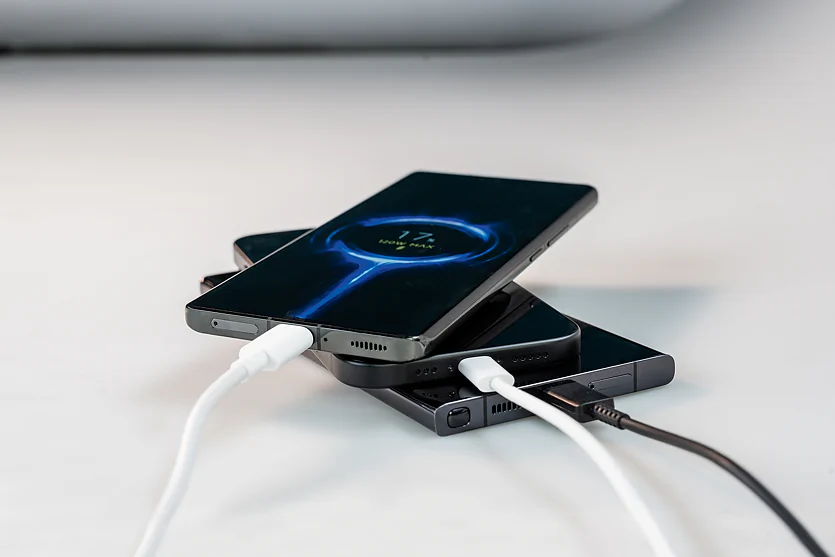
With the development of smart phones, the technology is very mature and the price is not expensive. Therefore, almost everyone has two mobile phones now, but the charging time of smart phones is sometimes long and sometimes short. What is the reason?
There are two ways for the charger to charge the phone:cradle chargeanddirect charge.
The cradle charge is to remove the battery and charge it on the charger, and the corresponding is the direct charge, that is, the charger is directly connected to the mobile phone to charge.
USB charging refers to the use of electrical equipment with a USB interface to charge mobile phones, and currently refers to PCs and laptops. Usually, USB charging takes much longer than charger charging. In order to explain the difference between USB charging and DC charging, we must first understand the charging principle of lithium batteries.
The charging method of lithium battery is limited voltage and constant current, which generally goes through three charging stages:
- pre-charge, the voltage is less than 3V at this time;
- Constant current charging. After the voltage reaches 3V, it enters the fast charging stage. At this time, the current is relatively large, and the constant current charging continues until the voltage rises to 4.2V;
- Constant voltage charging, when the voltage rises to 4.2V, it is changed to small current charging, while the voltage of 4.2V remains unchanged. Usually, the current at this time is 1/10 of the constant current stage.
The cradle charging and direct charging methods will respectively cause a certain impact to the lithium battery and the mobile phone, and will cause a certain degree of damage in the long run. The USB output current is smaller than the above two, which is why the USB charging time is longer than the two. This small current is manifested in the constant current and constant voltage stages. The purpose of constant voltage charging is to supplement the capacity loss of lithium-ion batteries due to self-discharge after being fully charged.
At present, the USB output voltage of the computer is 5V, the output current is 500mA, and the charging current of the charger is 1000mA. Because the USB output current is small, its current in the constant voltage stage is even smaller.
Therefore, charging with USB feels longer, of which, the more important is the longer time spent in the constant voltage phase. If you can’t wait and end the process of charging the phone with USB as soon as possible, because there is still a part of the supplementary power that has not been charged, it seems that it is not fully charged. This is actually a current problem rather than leakage and other problems that consumers are worried about.
However, the problem of “not fully charged” has little effect. Even if there is no constant voltage charging process,the battery at this time has at least 90% capacity.For lithium batteries, as long as they are not overcharged and overdischarged, they can be charged at any time. , which is the difference between it and NiMH batteries.